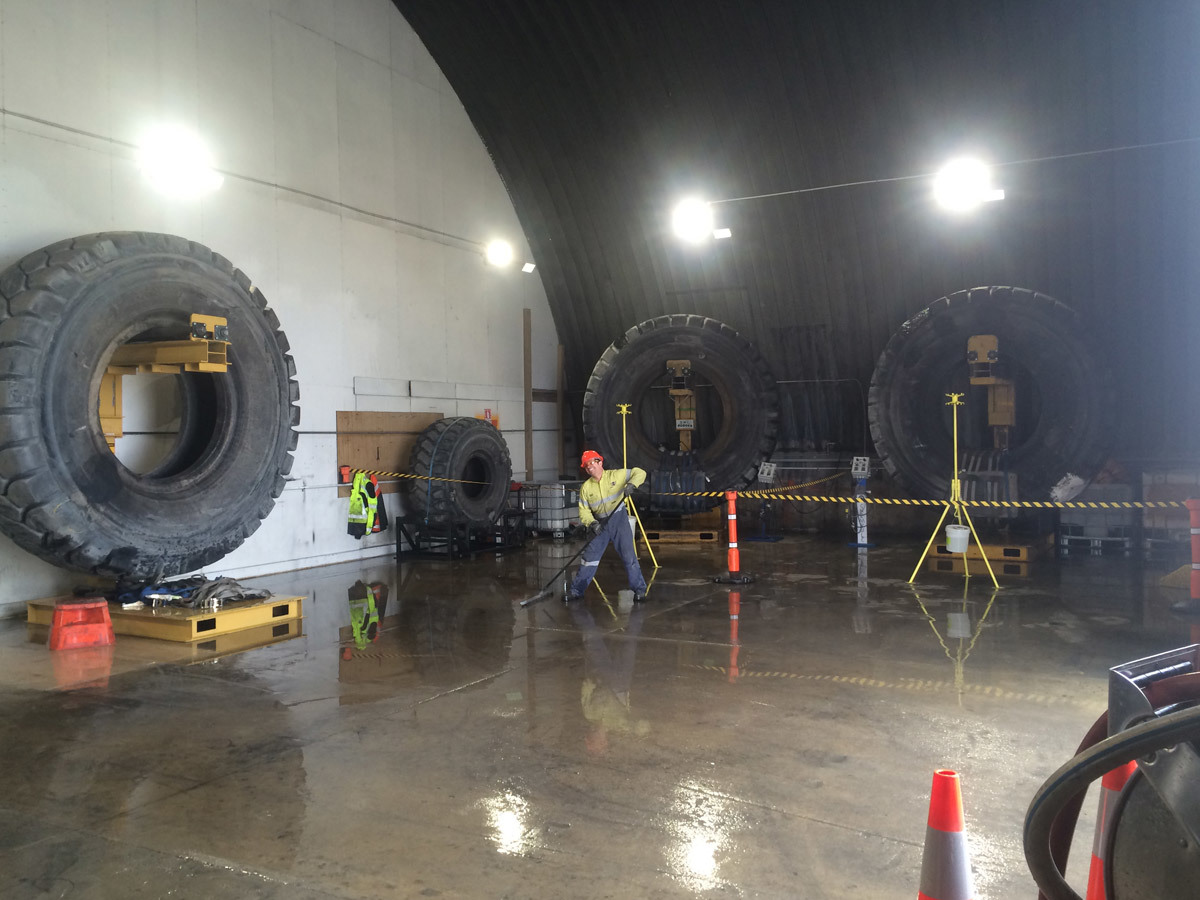Smithers Rapra has published a report stating that the global tire manufacturing is set to grow almost at a pace of 4% per year in the period through to 2022. The key factors driving demand are capacity expansion by tire suppliers, innovations in tire technology, continuing capital spending and increased demand.
Smithers Rapra is one of the world’s leading sources of information on polymers, plastics, rubber and adhesives. The company’s new report titled “The Future of Tire Manufacturing to 2022” describes the impact of several factors like changes in materials, tire designs, environmental and tire regulations, and demand for tires on the tire manufacturing market.
Many of these factors are posing a challenge to the tire industry due to the pressure to innovate the entire tire manufacturing process and the individual steps involved like mixing, tire construction and curing. The tire industry has long been considered as a conservative sector that has been slow to make changes but now is in a situation where it has to adapt quickly to cope with the new trends like minimization of use of materials, outsourcing, plant specialisation. There have been many technological innovations also like tire modelling, further automation, RFID/smart factories and tire testing.
According to the author of the report, Arthur Mayer, the tire industry is in the middle of a boom both with regard to capital spending and net capacity additions. With the current industry capacity being approximately 2.4 billion units. This is expected to grow by almost 3% per year over the forecast period. Tire companies are ramping up investment due to changes in tire materials and designs, the need for higher levels of efficiency and the development of advanced tire manufacturing machinery. Many tire manufacturers are also investing capital in setting up factories that are closer to major markets and customers, like Apollo’s greenfield facility in Hungary. In 2016, the global tire industry is spending approximately USD13.4 billion on plant and equipment in 2016, and is expected to spend similar amounts in the years up to 2022 to keep pace with technological changes in the tire industry.
Though the major players in the tire industry have not changed in recent years, there have been a number of mergers and acquisitions like the takeover of Pirelli by ChemChina and CGS/Mitas by Trelleborg. We can expect to see several similar deals in the future as companies try to optimize their manufacturing and distribution efficiencies, technologies, and improve access to key markets.
Greater focus on environmental issues, introduction of new equipment, advances in automation and the construction of new factories have spurred improvements in manufacturing processes. A lot still needs to be achieved in view of tightening environmental norms and consumer labelling requirements. Hence, tire companies will continue to focus on improvements in manufacturing efficiencies.






















